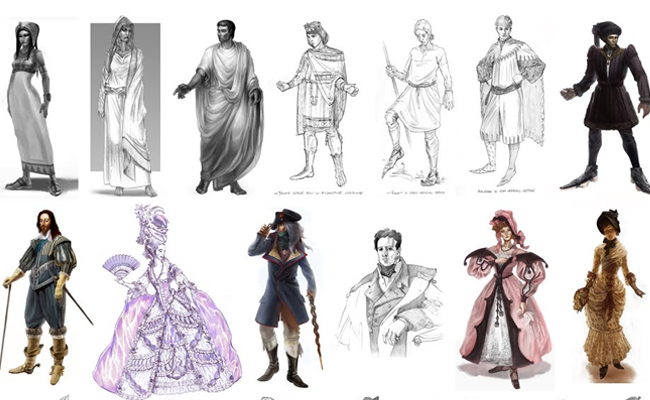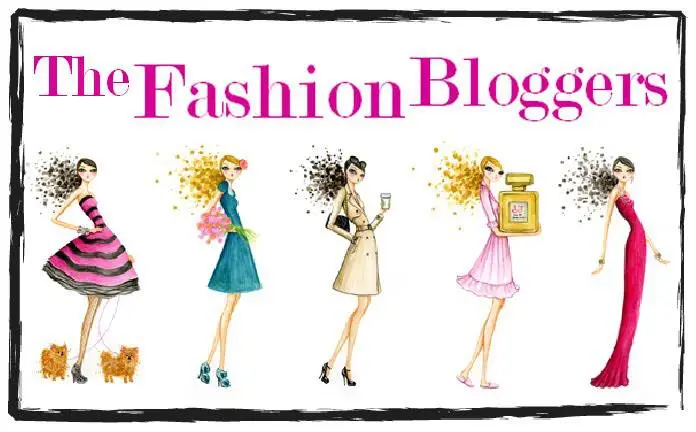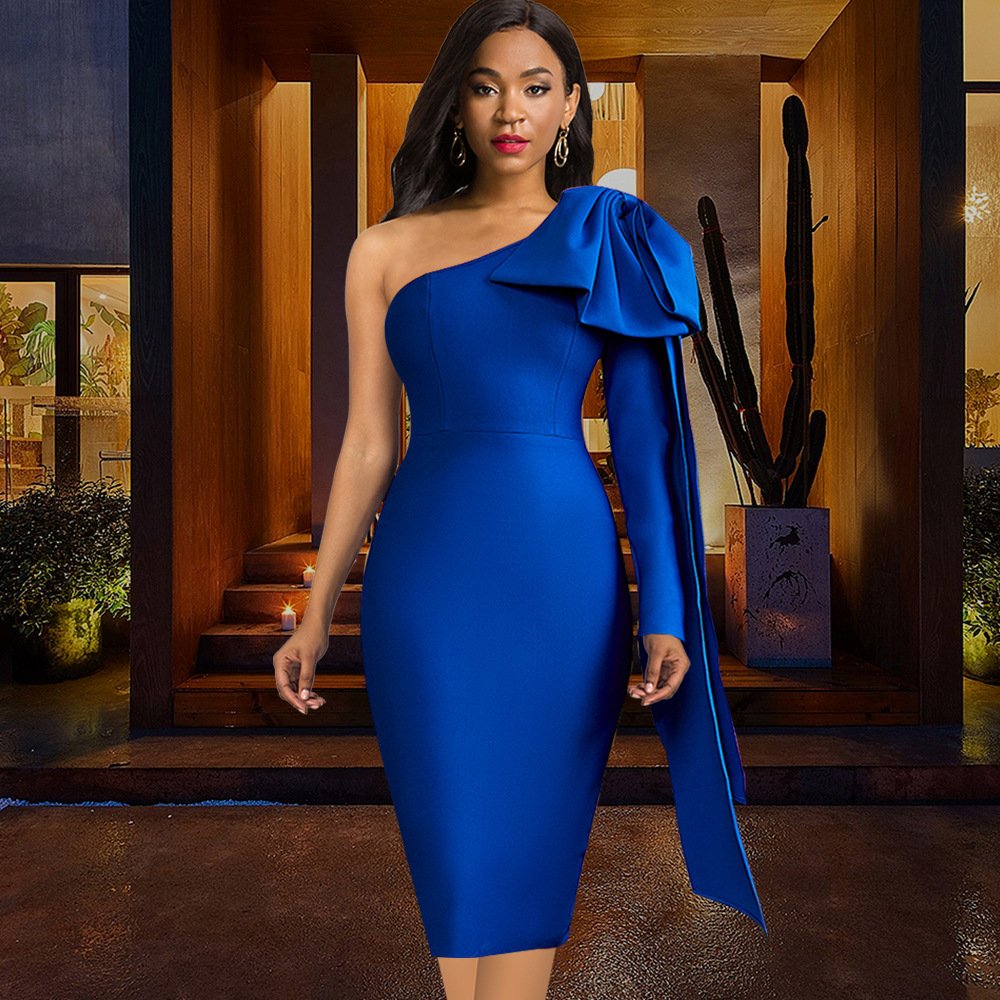The history of Western fashion can be traced back to ancient times, with clothing being used not only for practical purposes but also as a form of self-expression and social status. Over the centuries, fashion has evolved to reflect changing cultural values, technological advancements, and shifts in societal norms. In this article, we will take a closer look at the history of Western fashion, from its earliest origins to the present day.
Origins of Western Fashion: The Ancient World
The earliest known examples of Western fashion can be traced back to ancient Greece and Rome. Clothing during this time was often made from natural materials such as wool and linen, and was designed to be practical and functional. Men typically wore tunics and cloaks, while women wore long robes with draped fabric. Brightly colored clothing and jewelry were used to denote social status, with richer citizens wearing more expensive and intricate designs.
Middle Ages and Renaissance: The Birth of Haute Couture
The Middle Ages and Renaissance saw the birth of haute couture, or high fashion, with clothing becoming increasingly elaborate and intricate. During this time, European fashion was heavily influenced by the clothing of the Byzantine Empire, as well as the Islamic world. Clothing during this time was often made from expensive fabrics such as silk and velvet, and was adorned with jewels, embroidery, and other decorative elements.
The Renaissance saw a renewed interest in classical Greek and Roman art and culture, leading to a shift towards more classical styles of clothing. Clothing during this time was designed to emphasize the natural curves of the body, with women wearing corsets and men wearing doublets and hose. The use of color became more subdued, with darker hues such as black, brown, and grey becoming more popular.
18th and 19th Centuries: The Rise of Industrialization and Mass Production
The 18th and 19th centuries saw the rise of industrialization and mass production, leading to significant changes in the fashion industry. Clothing became more affordable and accessible, with the introduction of new manufacturing techniques such as the spinning jenny and the power loom. This led to the emergence of the ready-to-wear industry, with clothing being produced in standard sizes and sold in department stores.
During this time, fashion was heavily influenced by the royal courts of Europe, with women’s clothing becoming increasingly elaborate and decorative. The use of corsets and hoopskirts became commonplace, with women’s clothing designed to emphasize a small waist and exaggerated hips. Men’s clothing, on the other hand, became more subdued and practical, with the emergence of the suit as a standard form of dress.
20th Century: Fashion in Flux
The 20th century saw significant changes in the fashion industry, with designers and consumers alike experimenting with new styles and materials. The two World Wars had a significant impact on fashion, with clothing becoming more practical and functional in response to the demands of wartime. The introduction of new materials such as nylon and polyester led to the emergence of new styles of clothing, such as the mini skirt and the leisure suit.
The 1960s saw a revolution in fashion, with the emergence of youth culture and the counterculture movement. Clothing became more casual and comfortable, with the introduction of new materials such as denim and tie-dye. The 1970s saw a continuation of this trend, with clothing becoming more flamboyant and expressive. The use of bright colors, bold prints, and platform shoes became commonplace.
The 1980s saw a return to more formal and structured clothing, with the emergence of power dressing and the business suit. This was reflected in popular culture, with television shows such as “Dynasty” and “Dallas” featuring characters dressed in sharp suits and shoulder pads.
![]()






One thought on “History of Western Fashion”